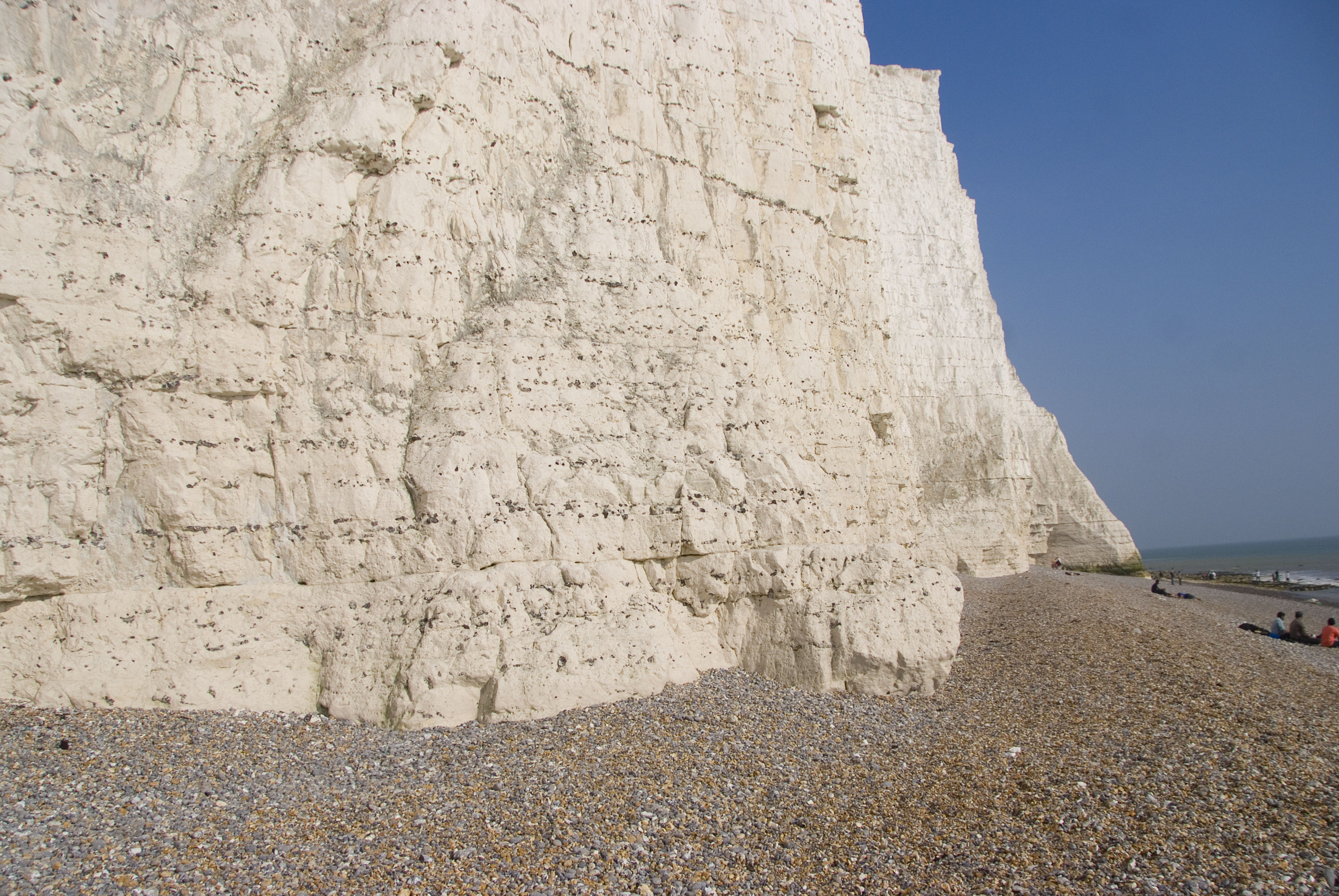This location is highly fossiliferous, with chalk packed with ammonites, echinoids, brachiopods, bivalves and crinoids. This is one of the best chalk locations in the UK and is full of surprises. It is highly recommended to all fossil hunters who love the chalk. Cretaceous, Cliffs and Foreshore, Rating: ♦♦♦♦♦





































